Financial Black Hole: Stablecoins Are Devouring Banks
- 核心观点:稳定币正重塑美元流动路径。
- 关键要素:
- 稳定币复制窄式银行模型。
- 吸收并锁定美国国债。
- 造成流动性黑洞效应。
- 市场影响:收紧全球美元流动性。
- 时效性标注:长期影响。
Original title: Stablecoins, Narrow Banking, and the Liquidity Blackhole
Original author: @0x_Arcana
Original translation by Peggy, BlockBeats
Editor's Note: In the process of gradual digitalization of the global financial system, stablecoins are quietly becoming an undeniable force. They do not belong to banks, money market funds, or the traditional payment system, yet they are reshaping the flow path of the US dollar, challenging the transmission mechanism of monetary policy, and sparking a profound discussion about "financial order."
This article begins with the historical evolution of "narrow banking," deeply analyzing how stablecoins replicate this model on-chain, and how the "liquidity black hole effect" impacts the US Treasury market and global financial liquidity. Against the backdrop of incomplete policy and regulatory clarification, the non-cyclical expansion, systemic risks, and macroeconomic impacts of stablecoins are becoming unavoidable new issues for the financial world.
The following is the original text:
Stablecoins revive "narrow banking"
For over a century, monetary reformers have proposed various ideas for "narrow banking": financial institutions that issue currency but do not provide credit. From the Chicago Plan in the 1930s to the modern Narrow Bank (TNB) proposal, the core idea is to prevent bank runs and systemic risk by requiring currency issuers to hold only safe, liquid assets (such as government bonds).
However, regulators have consistently refused to allow narrow-bank structures to be established.
Why? Because while theoretically safe, narrow-bank lending disrupts the core of the modern banking system—the credit creation mechanism. They withdraw deposits from commercial banks, hoard risk-free collateral, and break the link between short-term liabilities and productive lending.
Ironically, the crypto industry has now "revived" the narrow banking model in the form of fiat-backed stablecoins. Stablecoins behave almost exactly like narrow banking liabilities: they are fully collateralized, instantly redeemable, and primarily backed by US Treasury bonds.
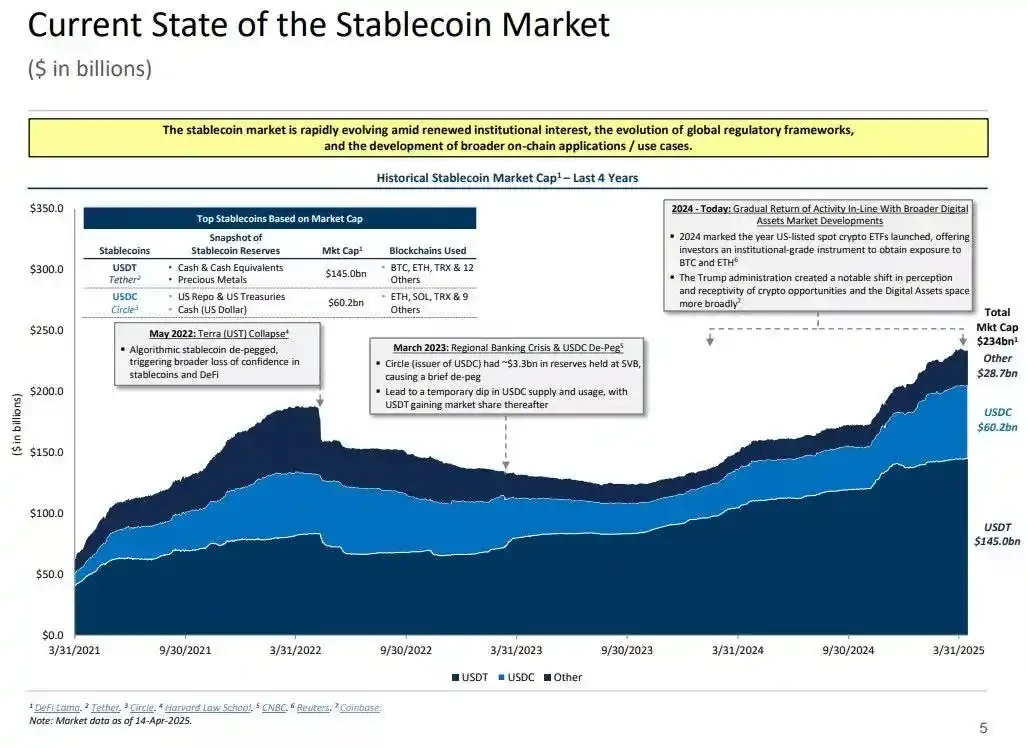
Following a series of bank failures during the Great Depression, economists of the Chicago School proposed a plan to completely separate money creation from credit risk. According to the 1933 "Chicago Plan," banks were required to hold 100% reserves of demand deposits, and loans could only come from time deposits or equity, not from deposits intended for payments.
The initial intention behind this idea was to eliminate bank runs and reduce the instability of the financial system. This is because if banks cannot use deposits to make loans, they will not collapse due to liquidity mismatch.
In recent years, this concept has resurfaced in the form of "narrow banks." Narrow banks accept deposits but invest only in safe, short-term government securities, such as Treasury bills or Federal Reserve reserves. A recent example is The Narrow Bank (TNB), which applied for access to the Federal Reserve's interest on excess reserves (IOER) in 2018 but was rejected. The Federal Reserve was concerned that TNB would become a risk-free, high-yield alternative to deposits, thereby "weakening the transmission mechanism of monetary policy."
What regulators are really worried about is that if narrow-banks succeed, they could weaken the commercial banking system, drawing deposits from traditional banks and hoarding safe collateral. Essentially, narrow-banks create money-like instruments but do not support credit intermediation.
My personal "conspiracy theory" view is that the modern banking system is essentially a leveraged illusion, operating on the premise that no one is trying to "find an exit." Narrow banking, on the other hand, threatens this model. But upon closer examination, this isn't really a conspiracy—it simply reveals the vulnerability of the existing system.
The central bank does not print money directly, but rather indirectly regulates the economy through commercial banks: encouraging or restricting lending, providing support during crises, and maintaining the liquidity of sovereign debt by injecting reserves. In exchange, commercial banks obtain zero-cost liquidity, regulatory leniency, and implicit bailout commitments during crises. Under this structure, traditional commercial banks are not neutral market participants, but rather tools for state intervention in the economy.
Now, imagine a bank saying, "We don't want leverage; we just want to offer users safe money backed 1:1 by Treasury bonds or Federal Reserve reserves." This would render the existing fractional-reserve banking model obsolete and directly threaten the existing system.
The Federal Reserve's rejection of TNB master account applications is a manifestation of this threat. The issue isn't that TNB will fail, but that it might actually succeed. If people can obtain a currency that is always liquid, free from credit risk, and earns interest, why would they keep their money in traditional banks?
This is where stablecoins came in.
Fiat-backed stablecoins largely replicate the narrow banking model: issuing digital liabilities convertible to US dollars and backing these liabilities 1:1 with secure, liquid off-chain reserves. Like narrow banks, stablecoin issuers do not use these reserves for lending. While issuers like Tether currently do not pay interest to users, this is beyond the scope of this article. This article focuses on the role of stablecoins in the modern monetary structure.
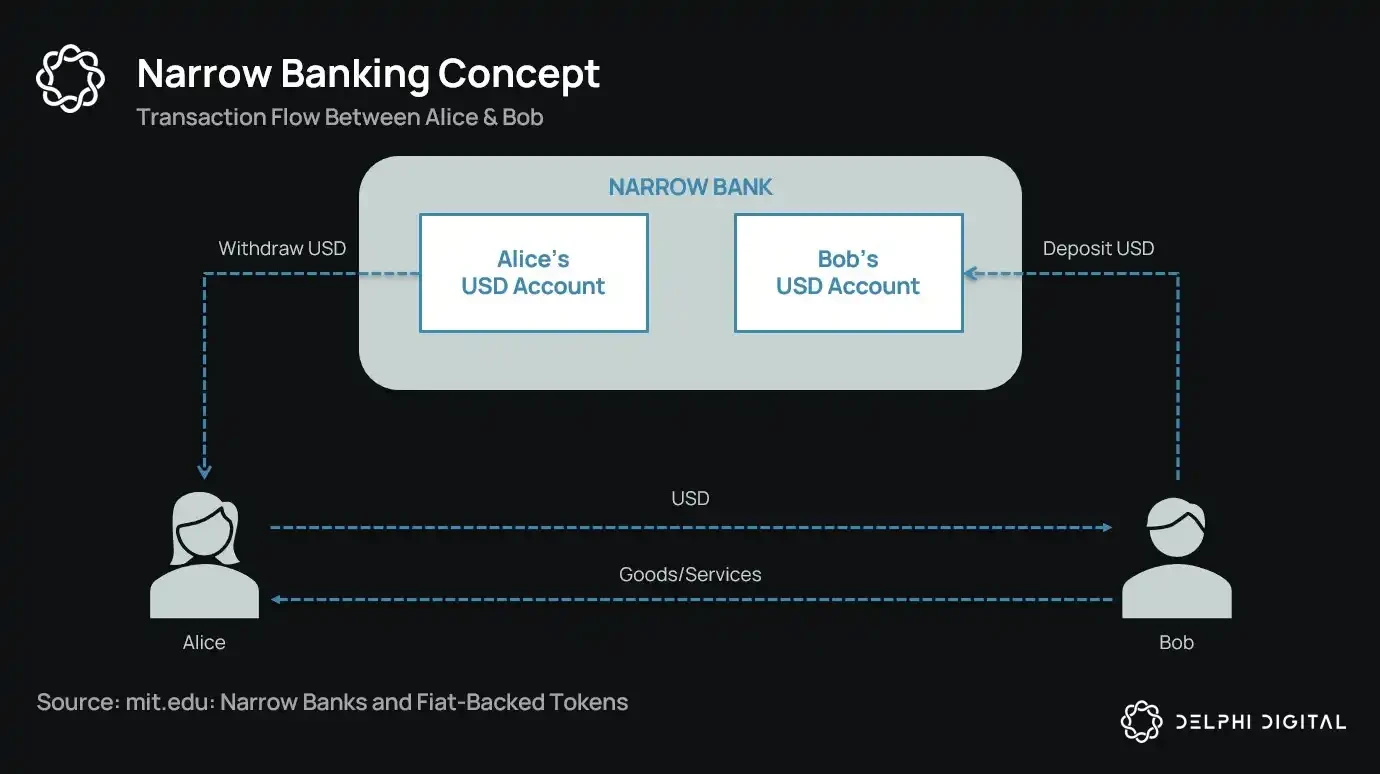
The assets are risk-free, the liabilities are redeemable immediately, and they possess the attributes of face value currency; there is no credit creation, no maturity mismatch, and no leverage.
While narrow-bank systems were stifled in their infancy by regulators, stablecoins have not faced similar restrictions. Many stablecoin issuers operate outside the traditional banking system, and demand for stablecoins continues to grow, particularly in high-inflation countries and emerging markets where access to dollar-denominated banking services is often difficult.
From this perspective, stablecoins have evolved into a kind of "digitally native Eurodollar," circulating outside the US banking system.
But this raises a crucial question: what impact will stablecoins have on systemic liquidity when they absorb enough U.S. Treasury bonds?
Liquidity Blackhole Thesis
As stablecoins grow in scale, they increasingly resemble global liquidity "islands": absorbing dollar inflows while locking up secure collateral in a closed loop that cannot re-enter the traditional financial cycle.
This could lead to a "liquidity black hole" in the US Treasury market—that is, a large amount of Treasury bonds are absorbed by the stablecoin system but cannot circulate in the traditional interbank market, thereby affecting the overall liquidity supply of the financial system.
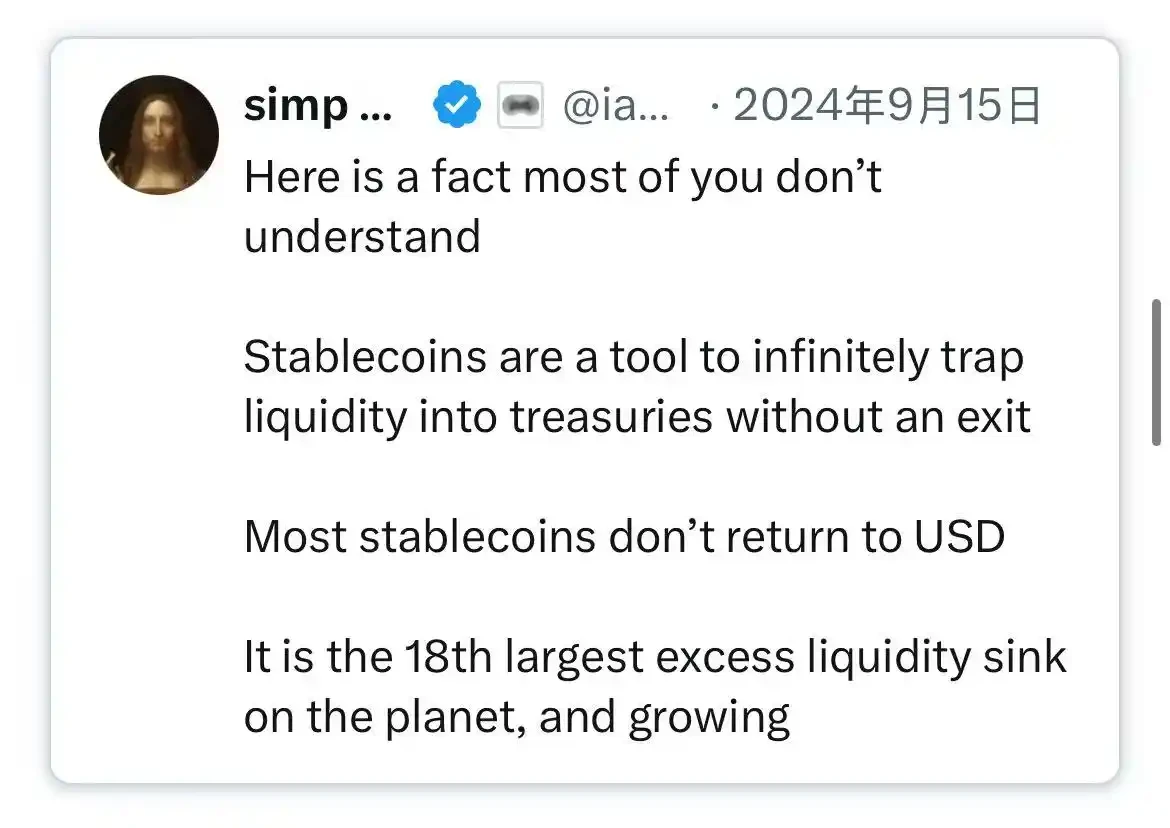
Stablecoin issuers are long-term net buyers of short-term U.S. Treasury securities. For every dollar of stablecoin issued, there must be an equivalent amount of assets backed on the balance sheet—typically Treasury bills or reverse repurchase agreements. However, unlike traditional banks, stablecoin issuers do not sell these Treasury securities for lending or to invest in riskier assets.
As long as the stablecoin remains in circulation, its reserves must be held continuously. Redemption only occurs when a user exits the stablecoin system, which is extremely rare, as on-chain users typically only exchange stablecoins between different tokens or use them as a long-term cash equivalent.
This makes stablecoin issuers one-way liquidity "black holes": they absorb government bonds but rarely release them. When these government bonds are locked in custodial reserve accounts, they are removed from the traditional collateral cycle—they cannot be re-collateralized or used in the repurchase market, and are effectively removed from the monetary circulation system.
This creates a kind of "monetary sterilization effect." Just as the Federal Reserve's quantitative tightening (QT) tightens liquidity by removing high-quality collateral, stablecoins are doing the same thing—but without any policy coordination or macroeconomic objectives.
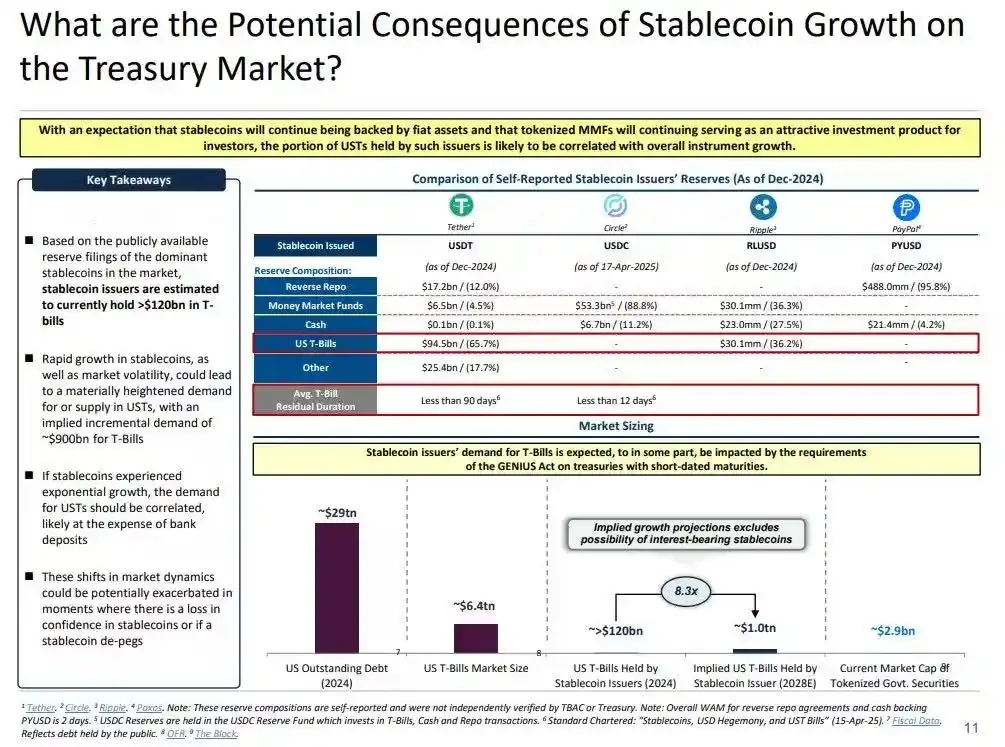
Even more potentially disruptive is the concept of so-called "shadow quantitative tightening" (Shadow QT) and its persistent feedback loop. It is non-cyclical, does not adjust to macroeconomic conditions, and expands as demand for stablecoins grows. Furthermore, the visibility and coordination of regulation are further hampered by the fact that many stablecoin reserves are held offshore in jurisdictions with lower transparency outside the United States.
Worse still, this mechanism can become procyclical in certain situations. When market risk aversion intensifies, demand for on-chain dollars tends to rise, driving up the issuance of stablecoins and further withdrawing more US Treasury bonds from the market—precisely when the market needs liquidity the most, the black hole effect is amplified.
Although stablecoins are still much smaller in scale than the Federal Reserve's quantitative tightening (QT), their mechanisms are highly similar and their macroeconomic impacts are almost identical: the amount of government bonds circulating in the market decreases; liquidity tightens; and interest rates face marginal upward pressure.
Moreover, this growth trend has not slowed down; on the contrary, it has accelerated significantly in the past few years.
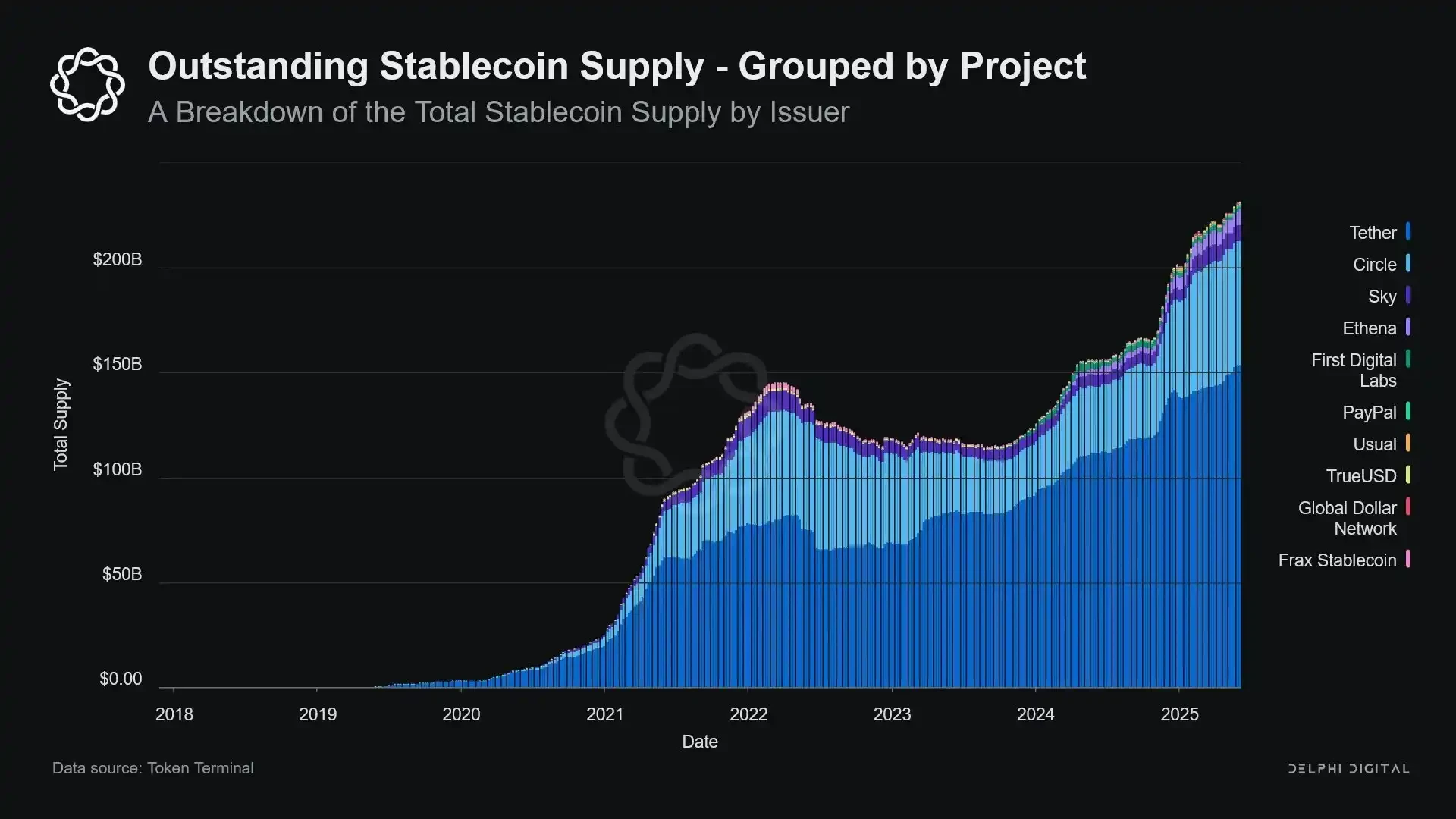
Policy tension and systemic risk
Stablecoins occupy a unique crossroads: they are neither banks, nor money market funds, nor traditional payment service providers. This ambiguity creates structural tensions for policymakers: too small to be considered a systemic risk and thus subject to regulation; too important to be simply banned; too useful yet too dangerous to thrive unregulated.
A key function of traditional banks is to transmit monetary policy to the real economy. When the Federal Reserve raises interest rates, bank lending tightens, deposit rates adjust, and credit conditions change. However, stablecoin issuers do not lend money, and therefore cannot transmit interest rate changes to the broader credit market. Instead, they absorb high-yield U.S. Treasury bonds, do not offer credit or investment products, and many stablecoins do not even pay interest to holders.
The Federal Reserve's refusal to allow The Narrow Bank (TNB) access to its master account was not due to concerns about credit risk, but rather to fears of financial disintermediation. The Fed worries that if a risk-free bank offers interest-bearing accounts backed by reserves, it could attract large outflows of funds from commercial banks, potentially damaging the banking system, squeezing credit space, and concentrating monetary power in a "liquidity sterilization vault."
The systemic risks posed by stablecoins are similar—but this time, they don't even require approval from the Federal Reserve.
Furthermore, financial disintermediation is not the only risk. Even if stablecoins do not offer yields, the risk of a "run" still exists: once the market loses confidence in the quality of reserves or the regulatory attitude, it could trigger a massive wave of redemptions. In this scenario, issuers may be forced to sell government bonds under market pressure, similar to the 2008 money market fund crisis or the 2022 UK LDI crisis.
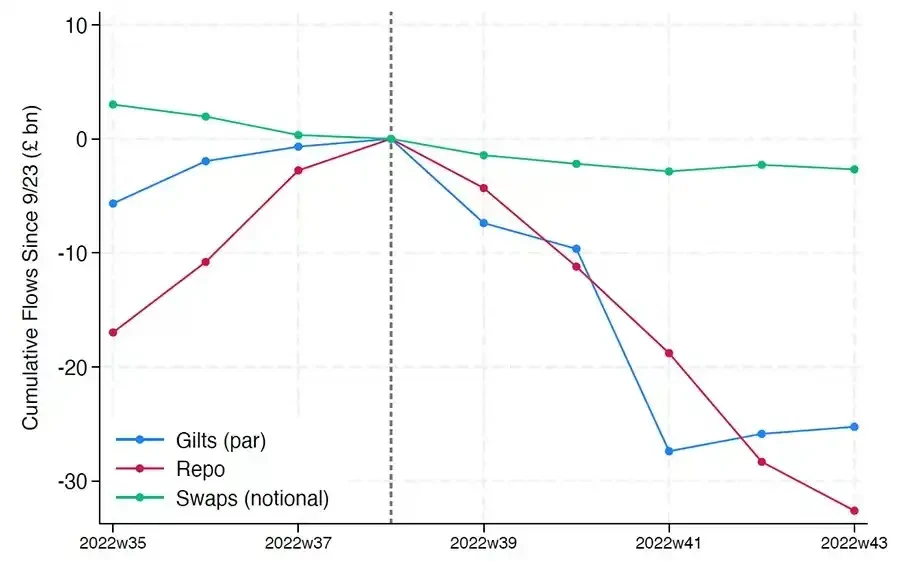
Unlike banks, stablecoin issuers do not have a "lender of last resort." Their shadow banking nature means they can quickly grow into systemic players, but they can also collapse just as quickly.
However, just like Bitcoin, there is a small percentage of cases where the "seed phrase is lost." In the context of stablecoins, this means that some funds are permanently locked in US Treasury bonds and cannot be redeemed, effectively creating a liquidity black hole.
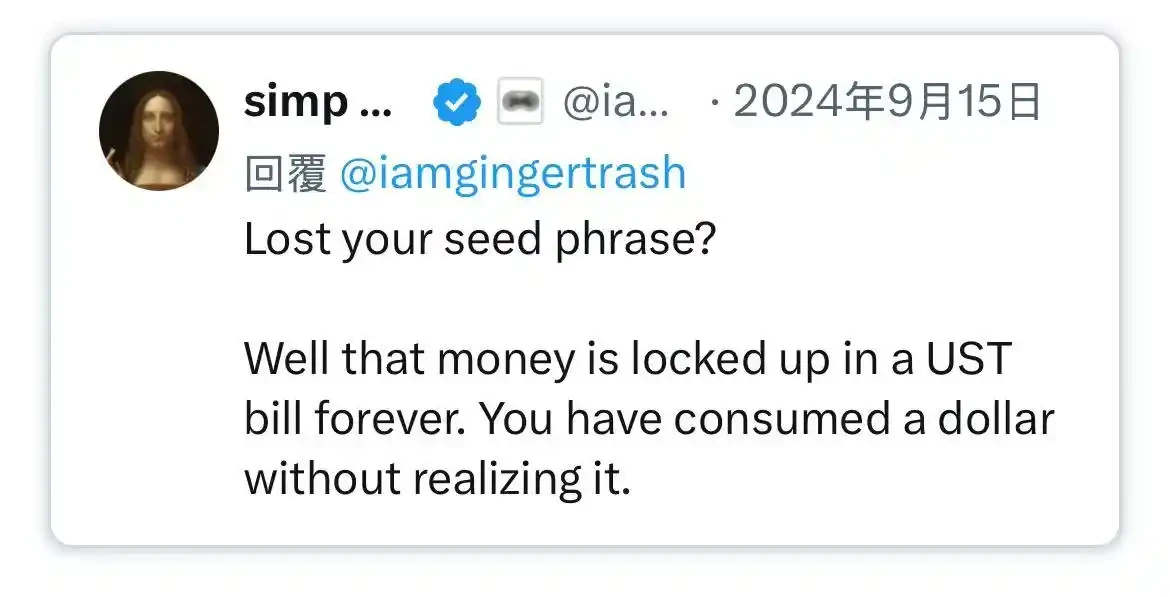
Stablecoins, initially a peripheral financial product in crypto exchanges, have now become a major channel for dollar liquidity, permeating exchanges, DeFi protocols, and even extending to cross-border remittances and global commercial payments. Stablecoins are no longer peripheral infrastructure; they are gradually becoming the underlying architecture for dollar transactions outside the banking system.
Their growth is "sterilizing" collateral, locking safe assets into cold storage reserves. This is a form of balance sheet contraction occurring outside the control of central banks—an "ambient quantitative tightening."
While policymakers and the traditional banking system are still struggling to maintain the old order, stablecoins have quietly begun to reshape it.



